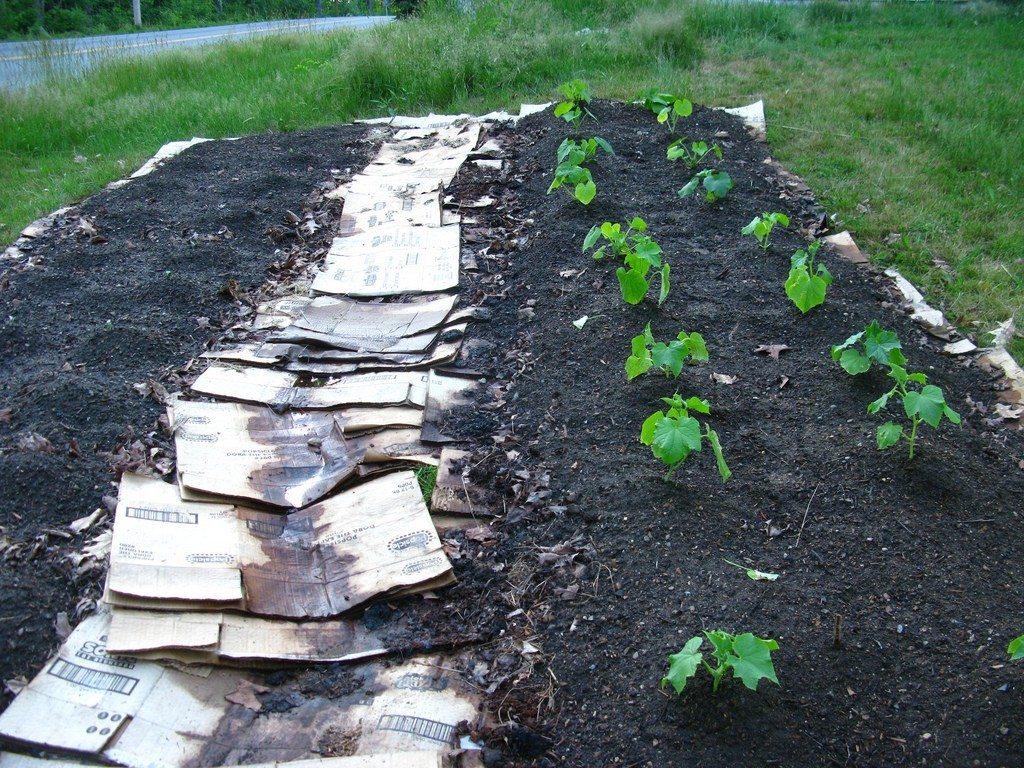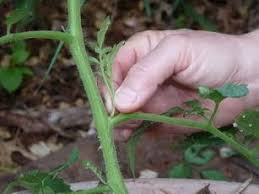Lasagna Mulch
Let’s face it; gardening in Colorado without lasagna mulching is like skiing in jeans. It’s just not done if you know what you’re doing. Colorado’s hot, dry summers and clay soils mean your gardens’ wardrobe needs some attention. Lasagna mulching acts like a sunscreen for your soil, plus it controls weeds, helps the soil retain moisture, and attracts earthworms, who will slow till your soil into a crumbly chocolate cake-like consistency. Lasagna mulching is easy. Use this no fail, anytime method to improve your soil:
1. Soak your garden plot.
2. Add a thick layer of mature compost (I love to use llama beans*) and moisten.
3. Add a layer of cardboard (aka earthworm crack). Carefully lay the cardboard around the base of vegetable starts (seedlings) to avoid smothering them. You can, however, layer it directly over weeds that haven’t gone to seed to suffocate them. Moisten again.
4. Add another layer of mature compost and moisten.
5. Add a layer of straw (you can find it at Wardles) and moisten. If the straw has seeds, it will sprout, but these pull up easily.

Repeat the process in the fall. Lasagna mulching in the fall means you can add hot compost (organic matter that has not broken down yet) because it will break down over the winter, and consider more elaborate layers including greenery, apples, hot manure, peat moss, etc. A Google search of “lasagna” or “sheet” mulching will reveal as many recipes as a room full of Italian grandmothers’ discussing their favorite pasta dish.
*Llama beans, aka poop, is easy to find on Craigslist, and many ranchers will happily deliver if you pay a delivery fee. Unlike other manures, llama manure comes out of the animal fully composted owing to the journey through the animal’s five stomachs.

Sucker Your Tomatoes
Do you dream of BLTs with big juicy tomato slices? The secret to enormous tomatoes is to sucker your plants. As indeterminate or vine tomatoes grow, you will find suckers, small new shoots, sprouting between each branch and the main vine. Pluck these mothersuckers when they are small and it will conserve the plants energy to set fruits faster and enhance their size.
But wait. Got a 6”+ sucker? Don’t let it go to waste. Prune it, stick it in water, change the water daily until it roots, and give the clone to your friend who gambled, planted early, and had their garden decimated by hail.
Plant Your Fall Crop
Were you a total slacker and didn’t get to the garden stores before this year’s seedlings were wiped out in the mad rush following the realization that this would be our first season without the mothership supplier, Paulino’s Gardens (may she rest in peace)? Well, don’t stress. The average first frost day in Denver is the first week of October. Count back 60-80 days (July, we are looking at you) for a great time to start planting your cool season crops. Check out local Colorado company, Botanical Interests, for seeds (https://www.botanicalinterests.com/category/Frost-Tolerant-Vegetable). Cool season crops to consider include: broccoli, kohlrabi, beets, carrots, radishes, parsnips, peas, carrots, greens including lettuce, endive, kale, and chard.
| Katherine has lived in North Denver for 20 years and runs Sunnyside Urban Farm. She created Denver’s Sustainable Food Policy Council and her Lip Smackin’ Sour Cherry Jam won the Blue Ribbon at the first Denver County Fair. |

Be the first to comment